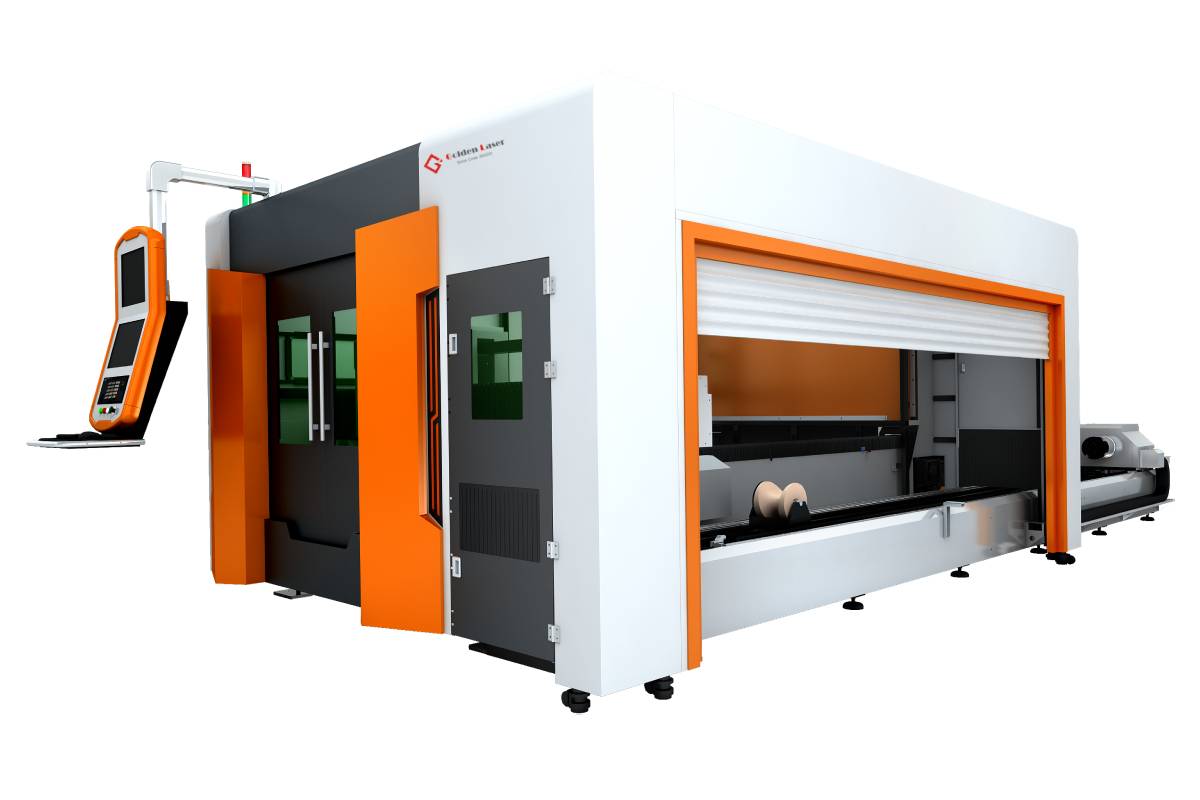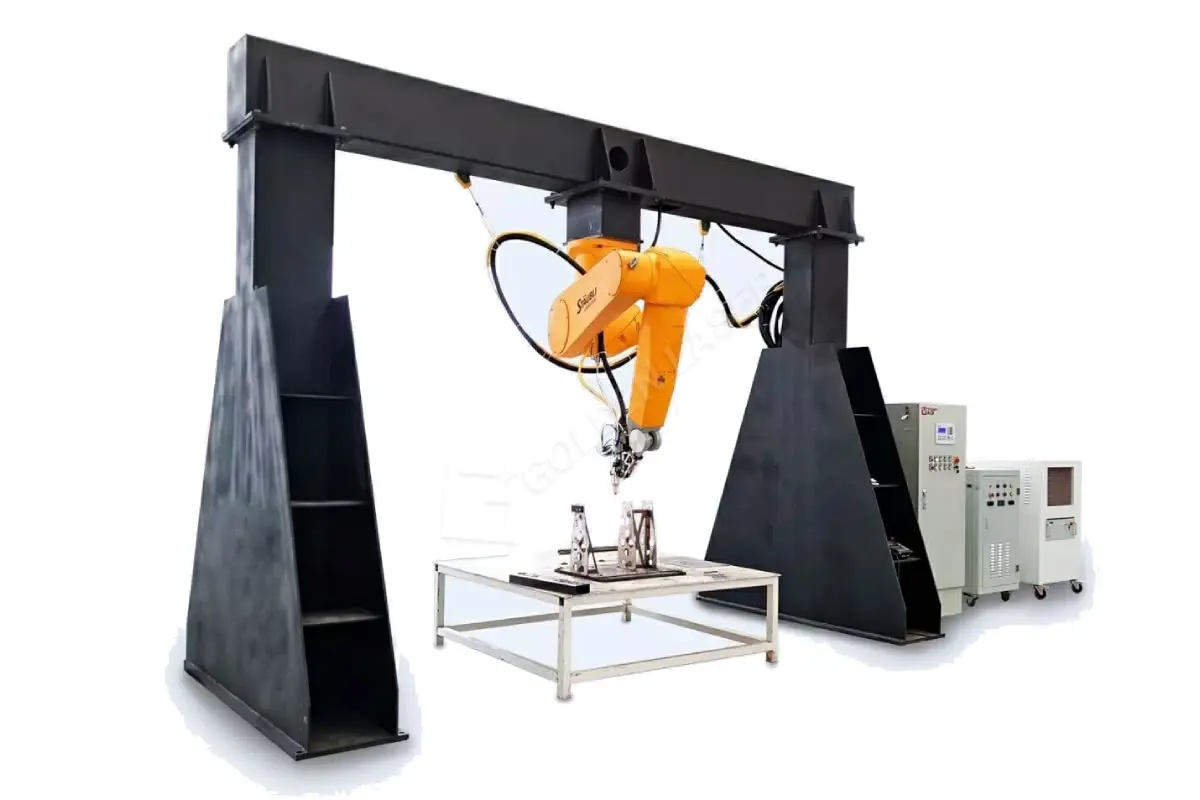****
In recent years, fiber laser cutting machines have revolutionized the manufacturing landscape, offering a plethora of advantages over traditional cutting methods. This technological advancement is not merely a trend; it represents a significant shift in how industries approach material cutting, engraving, and shaping. With their efficiency, precision, and versatility, fiber laser cutting machines have found applications across various sectors, including automotive, aerospace, electronics, and even art. This article delves into the benefits of fiber laser cutting technology and its expansive range of applications.
What is a Fiber Laser Cutting Machine?

Exploring the Advantages and Applications of Fiber Laser Cutting Machines in Modern Manufacturing
A fiber laser cutting machine utilizes a solid-state laser source, which generates a high-intensity beam of light. This beam is directed onto the material, typically metal, using a series of mirrors and lenses. As the beam focuses on a small area, it heats the material to a point where it melts, burns, or vaporizes, allowing for highly precise cuts and engravings.
Advantages of Fiber Laser Cutting Machines
1. **Precision and Accuracy**: One of the most significant advantages of fiber laser cutting machines is their precision. The ability to focus tightly on the material allows for intricate designs and patterns that would be nearly impossible to achieve with traditional cutting methods. This level of accuracy ensures minimal material waste, as the cuts are clean and require little to no finishing.
2. **Speed and Efficiency**: Fiber lasers can cut materials much faster than conventional cutting machines. Depending on the thickness and type of material, a fiber laser machine can operate at speeds several times faster than its counterparts, resulting in higher productivity levels. This speed is crucial in an era where time is a primary factor in manufacturing costs.
3. **Versatility**: Fiber laser cutting machines can work with a wide array of materials, including steel, stainless steel, aluminum, brass, and even non-metal materials such as plastics and wood. This versatility makes them ideal for different industries, allowing manufacturers to streamline their operations by using a single machine for multiple applications.
4. **Low Operating Costs**: While the initial investment in a fiber laser cutting machine may be higher than traditional systems, the operational costs are significantly lower. Fiber lasers consume less energy, have fewer moving parts, and require less maintenance. This leads to cost savings over time, making them a more economical choice in the long run.
5. **Eco-Friendly**: The efficiency of fiber lasers means they produce less waste compared to other methods. Additionally, they often require fewer resources in terms of chemicals and materials for cleaning and finishing. This eco-friendly aspect is increasingly important in today’s environmentally conscious market.
6. **Automation and Integration**: Modern fiber laser cutting machines can easily be integrated into automated manufacturing systems. This capability allows for seamless workflow and reduced labor costs, as the machines can operate autonomously or in coordination with other equipment.
Applications of Fiber Laser Cutting Machines
Given their numerous advantages, fiber laser cutting machines have found applications across a wide range of industries:

Exploring the Advantages and Applications of Fiber Laser Cutting Machines in Modern Manufacturing
– **Automotive Industry**: In automotive manufacturing, fiber lasers are used for cutting and shaping metal components, enabling the production of lightweight yet sturdy car parts. They facilitate the creation of complex geometries and provide a way to manufacture precision components essential for vehicle performance and safety.

Exploring the Advantages and Applications of Fiber Laser Cutting Machines in Modern Manufacturing
– **Aerospace Sector**: The aerospace industry demands high precision due to safety standards, and fiber laser machines play a critical role in producing parts for aircraft. They are utilized to cut various materials, including titanium and aluminum, ensuring that weight reductions are achieved without compromising strength.
– **Electronics Manufacturing**: The electronics sector benefits from the detailed engraving capabilities of fiber lasers. They are essential in the production of intricate circuit boards and components, where precision is key to functionality.
– **Art and Design**: Artists and designers have also embraced fiber laser cutting technology for creating detailed sculptures, unique patterns, and intricate designs on various materials, from wood to glass.
Conclusion
Fiber laser cutting machines represent a pinnacle of modern manufacturing technology. Their unmatched precision, speed, versatility, and operational efficiency make them an ideal choice for a wide range of industries. As businesses strive to enhance productivity while also optimizing costs, the adoption of fiber laser cutting machines will likely continue to grow. Embracing this technology not only paves the way for innovation but also positions companies to meet the demands of a rapidly evolving market landscape. Whether in automotive, aerospace, electronics, or artistic design, the impact of fiber laser cutting machines will be felt profoundly in the manufacturing processes of the future. Cnc Letter Fiber Laser Cutter
